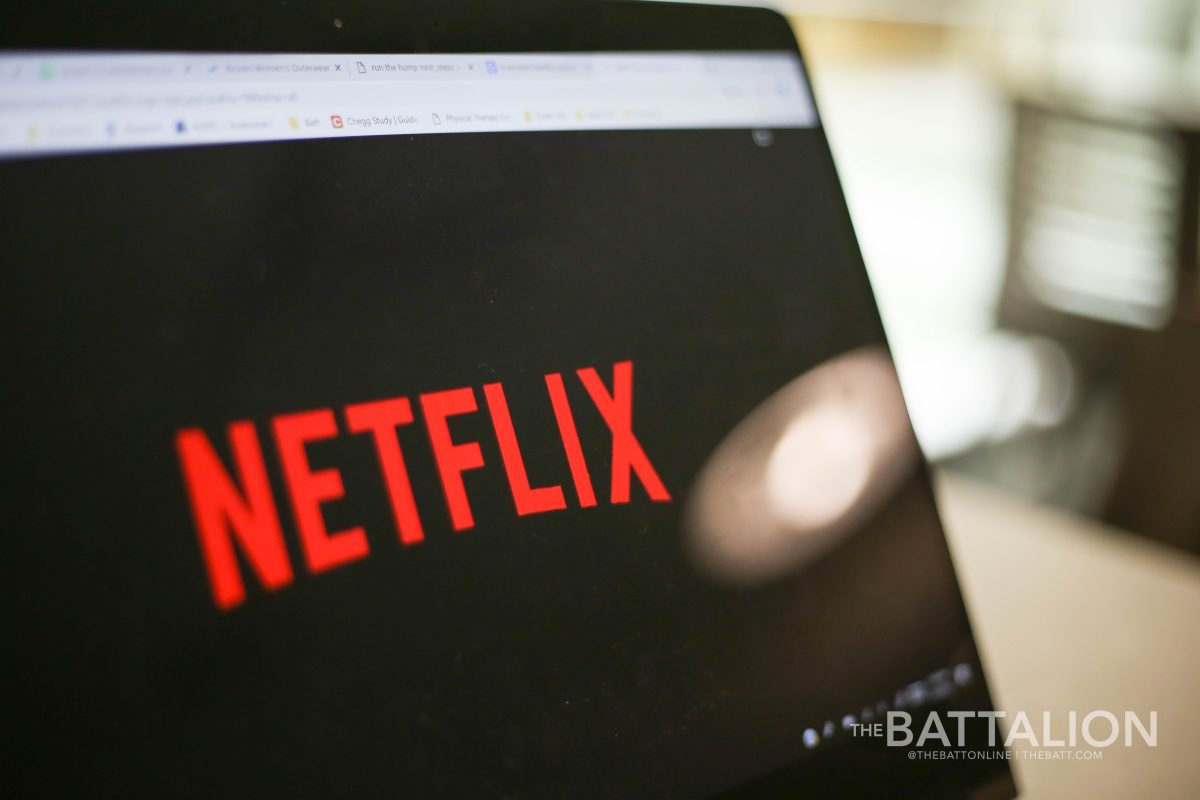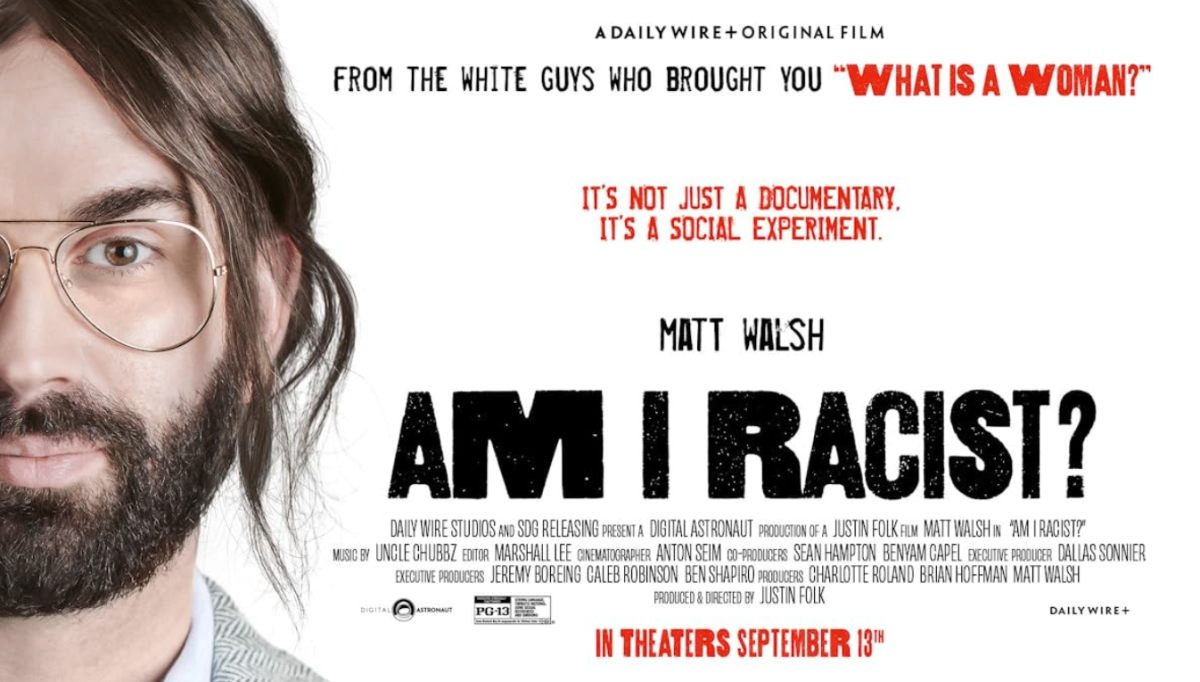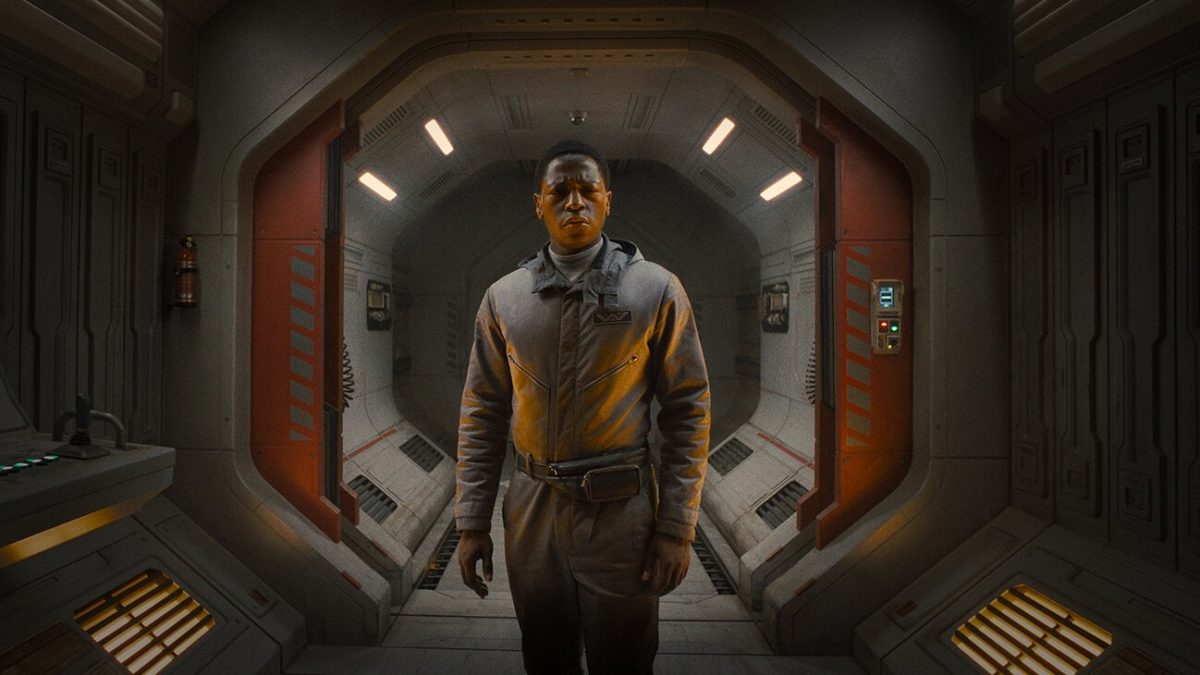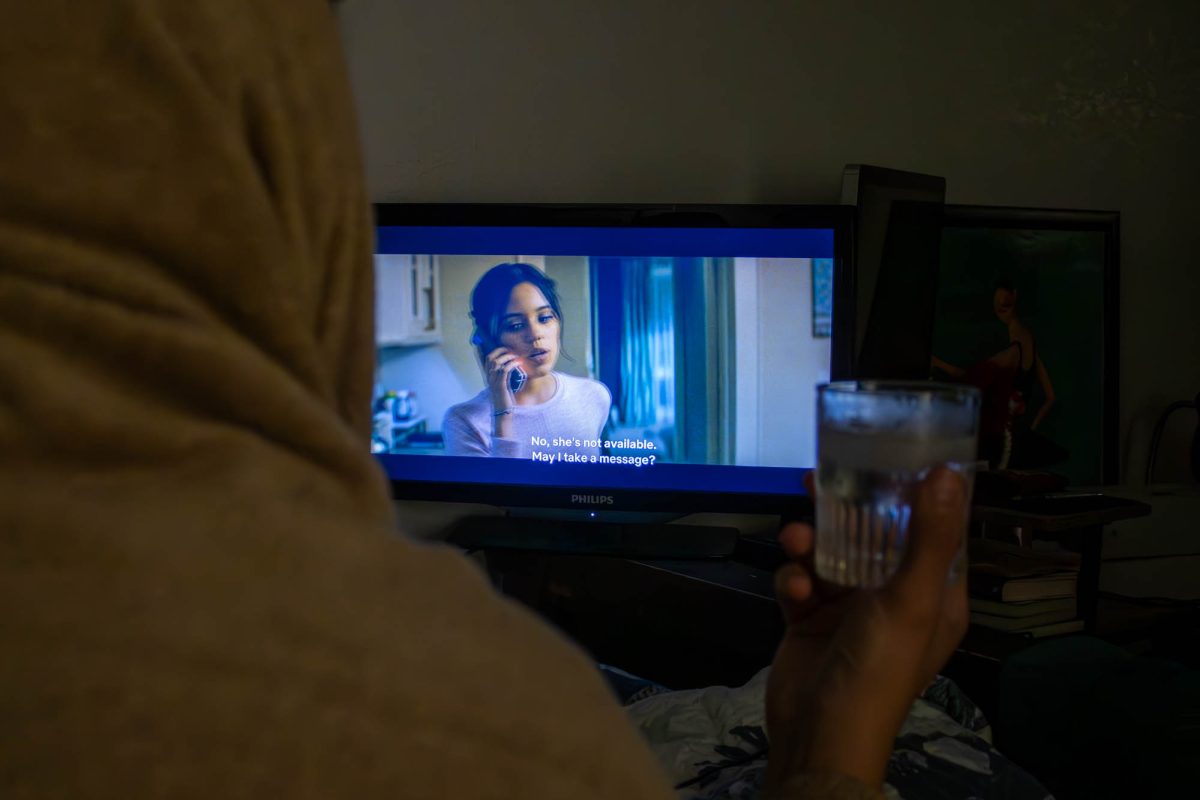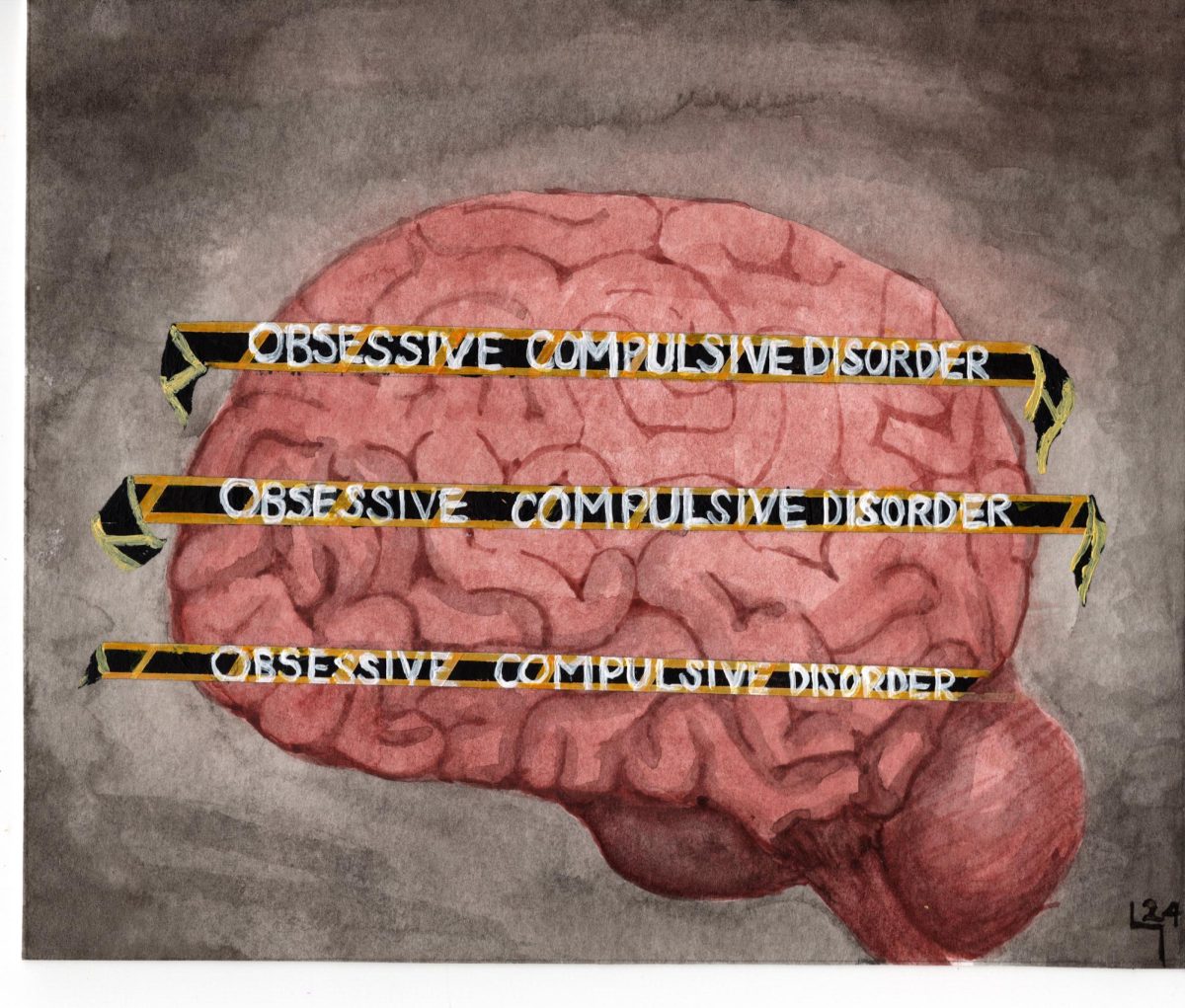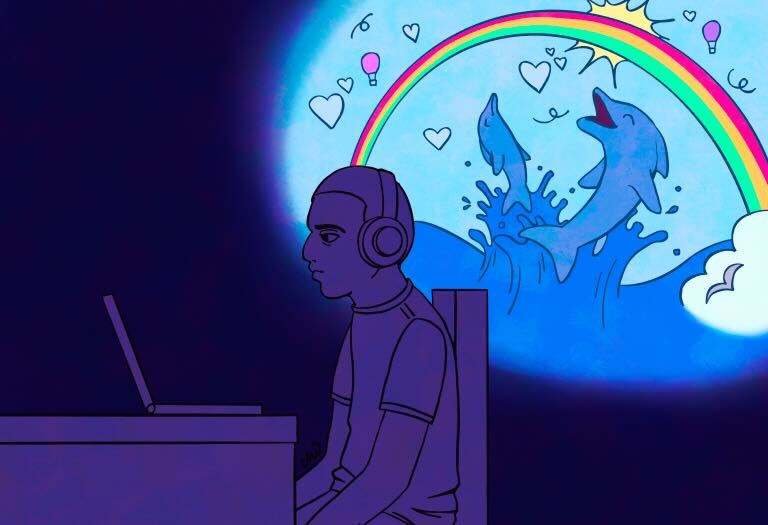Streaming services are one of the most important advancements of cinema in recent years. They have revolutionized the way we consume films. No longer do audiences have to travel to the theater for every new release due to fear of missing out. They can rest easy knowing it’ll be on Netflix or some other service before long. Furthermore, film fans no longer have to go to a video store and pay for each movie they want to watch. Through streaming services, the classics are more accessible. However, the increasing availability of films in uncontrolled home environments and the growing customization of how consumers can watch a movie have raised some interesting questions.
Is Netflix ruining the way we are watching movies? In a way, yes. Most, if not all, films are intended to be seen on the big screen. Even those made by Netflix are created to be theater-quality, filmed in such a way as to make it possible to project them at industry theater standards. Then later, they are pared down for streaming.
Furthermore, there is a stark difference between the digital quality of a streaming movie and one projected in theaters. We lose a profound amount of detail in the transition from a theater-capable movie file to one that you can find on a streaming service. To remove a film from the theater environment is to fundamentally change it.
Sometimes, this change isn’t such a big deal. A person cannot see every great movie in theaters, so it occasionally becomes necessary to watch films at home. It would be one thing if everyone would watch Netflix using a large TV with quality speakers and leave the lights off while doing so. But instead, people tend to watch on their phone or laptop, in the car or on a plane, in brightly lit rooms, or with headphones that can’t do the sound design justice. Netflix itself isn’t helping. The streaming service now offers a feature-in-testing on some mobile devices that allows audiences to adjust the playback speed, further butchering the creative intent of filmmakers. At what point does a film become so removed from its original intended format that it ceases to be the same film? With the introduction of their playback speed feature, Netflix seems intent on finding out.
In addition to providing audiences with the means to watch movies so far outside their intended format, Netflix seems to be actively keeping films out of theaters as well. The streaming service has recently failed to come to an agreement with theater chains about the exhibition of Netflix’s highly anticipated Martin Scorsese film “The Irishman.” The film will not see a wide theatrical release before they add it to Netflix’s catalogue. The failure to make a deal is not solely the fault of Netflix. The theaters are demanding an unusually high portion of ticket sale profits to make up for Netflix’s demanded shorter exhibition window. Nonetheless, the failure shows that Netflix is more than willing to accept defeat when it comes to theatrical exhibition and remove the art from the medium, even when it doesn’t have to.
Netflix and other streaming services are essential. They provide a way for audiences to view a vastly more extensive library of films than they would’ve had access to otherwise. However, these services also provide viewers with the ability to remove films from their original format and deviate from the creative intent of a film’s creators. Next time you’re about to watch a movie on your phone or with all the lights in your house turned on, take a moment to think about how you were meant to see the film. Take a moment to think about what you lose in removing yourself from the director’s vision.
Is Netflix ruining the way movies are being watched?
November 14, 2019
Photo by Photo by Megan Cusick
Netflix is changing the way that people are watching movies according to Keagan Miller.
0
Donate to The Battalion
Your donation will support the student journalists of Texas A&M University - College Station. Your contribution will allow us to purchase equipment and cover our annual website hosting costs.
More to Discover



